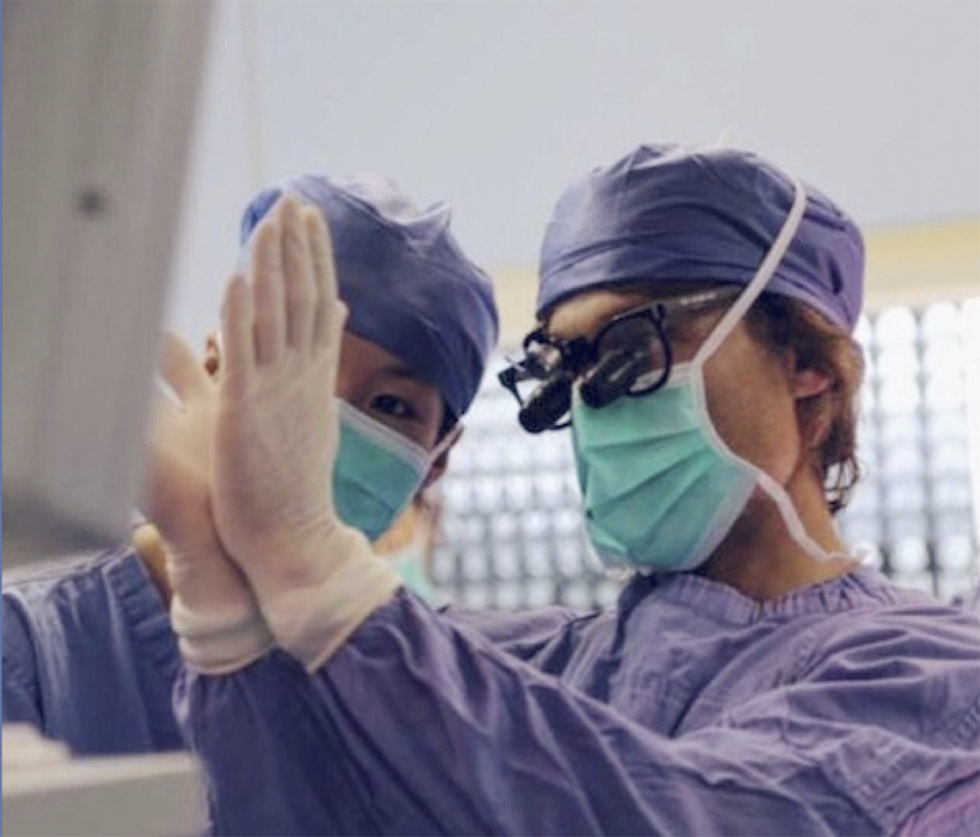Facial fillers are injectable materials, used to plump up areas of the face (add volume), such as the lips, or treat facial wrinkles. They are different than Botox in that they do not reduce wrinkles by weakening the movement of facial muscles. They do so by filling in lines or depressions (like the dark circles under the lower lids). Sometimes they are used together with Botox as the combination may work better than each individual treatment.
Facial fillers today
Historically Collagen was used to fill lines for years. Today other products are used more commonly. The most common fillers used in Dr. Massry’s practice are made from Hyaluronic acid and include Restylane, Juvederm and Perlane.
Hyaluronic acid is a normal part of the human body which is lost (decreases) with age leading to facial aging (wrinkles and a gaunter look). Dr. Massry feels filling the face with Restylane, Juvederm or Perlane can certainly restore a more youthful look. These gels are injected under the skin after application of a topical or injected anesthetic. The fill created from Restylane, Juvederm and Perlane is seen immediately and the patient and Dr. Massry can then decide together how much is appropriate.
The right amount of facial fillers
If an under-correction is attained (still have wrinkles or hollows), more filler can be given. A vial of Restylane, Juvederm or Perlane is typically good for 6 months and can be stored in Dr. Massry’s office. If an overcorrection occurs (too much) with creation of an irregularity (lump/bump), a correction can be performed with the injection of a revering agent (Vitrase or Hyaluronidase).
Common use of facial fillers
The most common areas Dr. Massry treats with these fillers are the hollows under the eyes (tear trough), the lines between the lips and cheeks (nasolabial folds), the cheeks, the jowl areas (lower face) and the temples. There are variable degrees of bruising and swelling that can occur after treatment (usually for a few days) depending on the area treated. There is more swelling in areas of thinnest skin and where there are a greater number of visible blood vessels.
These are Dr. Massry’s preference on the various facial and eyelid fillers he uses.
Restylane to restore facial fullness and treat facial wrinkles. Restylane is his first choice for under eye hollows (tear trough) which can cause dark circles under the eye. A treatment with Restylane should last 6 months. Repeat treatments are needed to maintain the effect.
Perlane, like Restylane, to replace the lost volume in the face and to add fullness and reduce wrinkles. The main difference between Restylane and Perlane is the size of the gel particle with Perlane’s being larger. For this reason Dr. Massry uses Perlane to treat deeper lines or larger depressions such as in the cheeks and lower face.
Juvederm may have a smoother texture than Restylane and Perlane, and he finds that is has greater utility in very fines lines of the face.
Side effects of cosmetic wrinkle treatment
Side effects with all three fillers are uncommon and primarily are related to bruising and swelling. No allergy test is needed with any of the hyaluronic acid gels as they are a normal part of the human body. As was previously mentioned, a great benefit of Restylane, Perlane and Juvederm, is that they can be reversed with an injection so that if a patient does not like the fill it is made temporary.
Who should treat you with facial fillers?
Cosmetic wrinkle treatment, especially around the eyes, is a practice which requires a specialist to get the best results.


